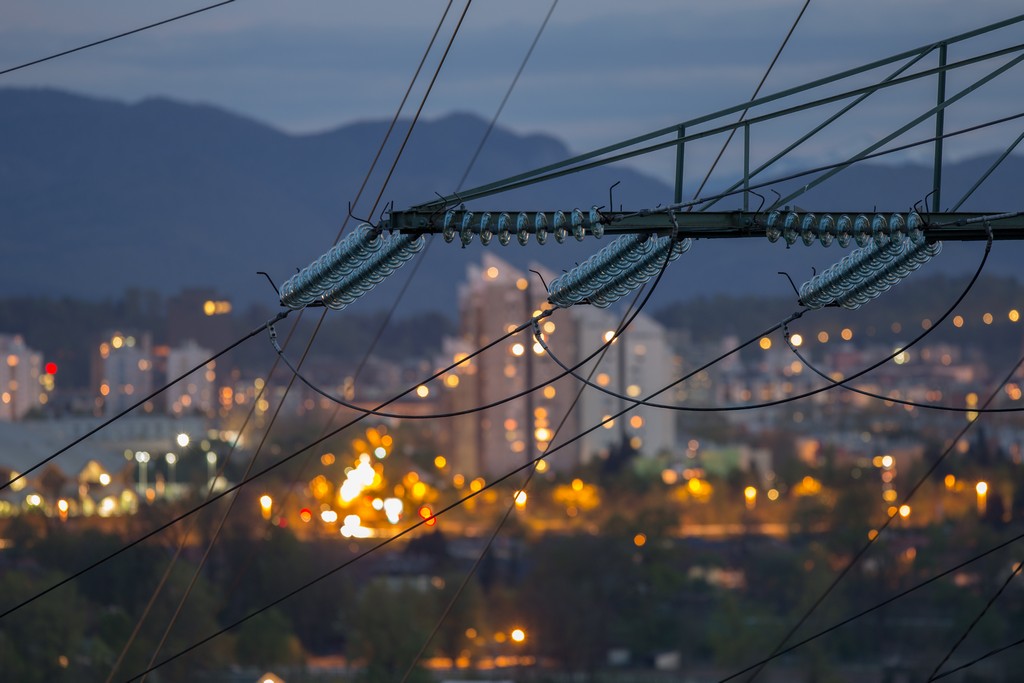The Department of Energy recently released its energy mix policy that will allow technologies from coal, gas, nuclear, geothermal and hydro power to compete for the country’s 70-percent baseload requirement.
There have been previous discussions on sourcing power from nuclear energy, with President Rodrigo Duterte saying the country can make use of nuclear power as long as safety measures were taken. The question remains: what can nuclear power offer us?
- Because nuclear energy does not release carbon dioxide or methane during its operations, it is considered the form of energy with the least impact on the environment.
- Compared to renewable energy sources like wind and solar which depend on external factors for their productivity, nuclear energy plants are able to operate without being reliant on the weather condition.
- Nuclear power plants also use uranium as a fuel to generate electricity – while the downside of uranium is that it is finite, very little is needed to power a nuclear plant, therefore able to give nuclear plants the capability to generate electricity at a low cost. Twenty-eight grams of uranium can produce power equivalent to that of 100 metric tons of coal.
- A nuclear reactor’s average life span also ranges from 4 to 60 years. Nuclear power plants are also said to be reliable in that it can run uninterrupted for 540 days.
- Nuclear power plants can also be built using readily available technology, as opposed to other power plants that rely on new technology still being tested.
For more information, you may also read the following articles on nuclear energy:
